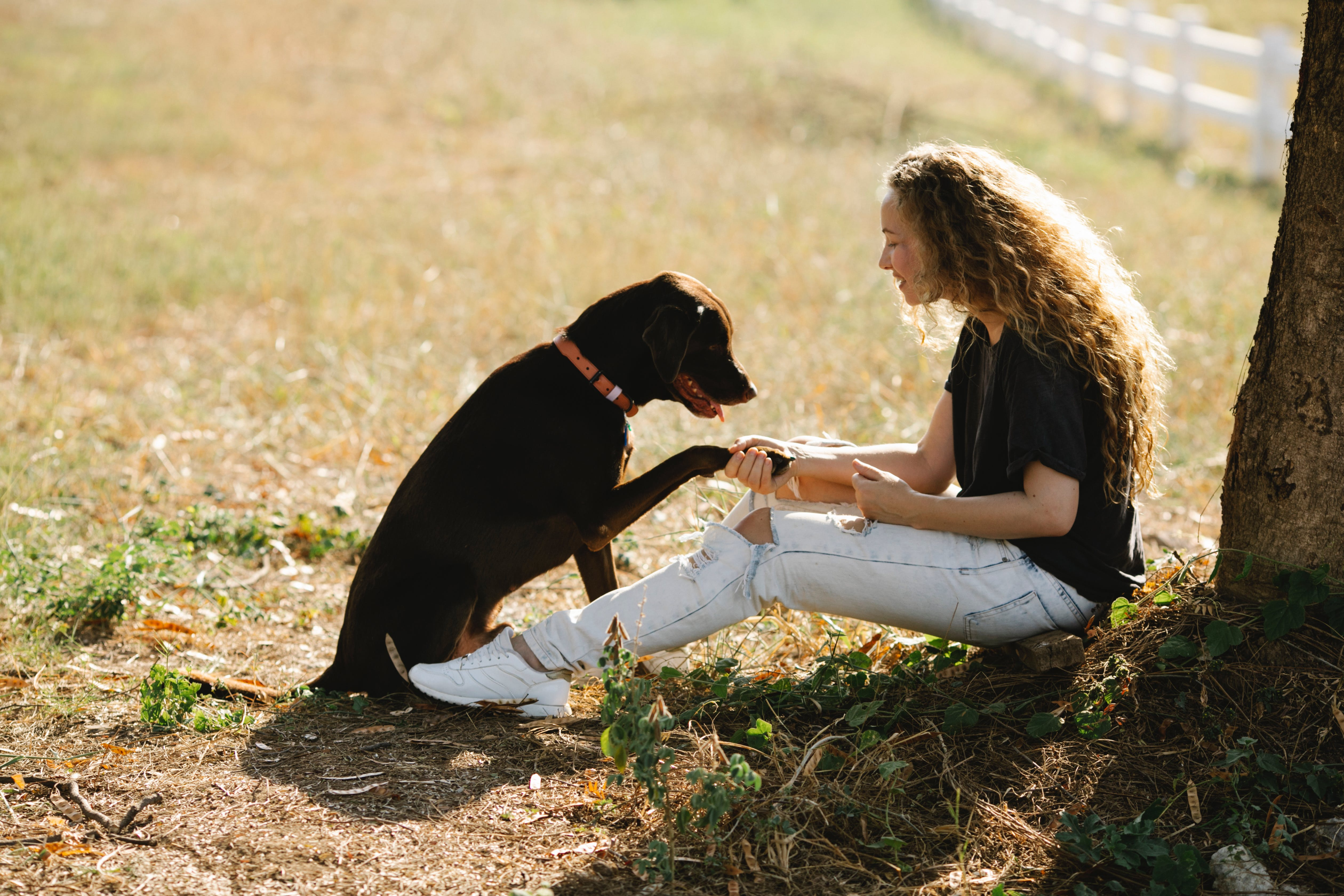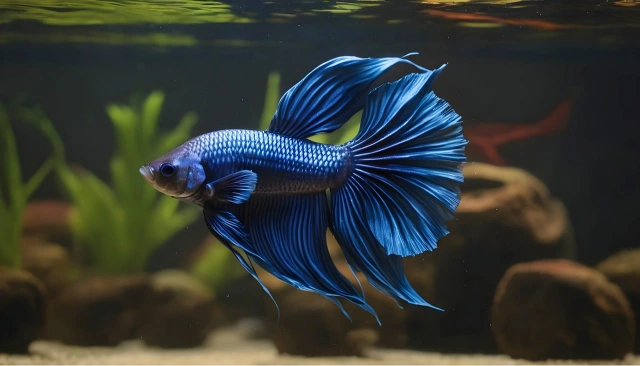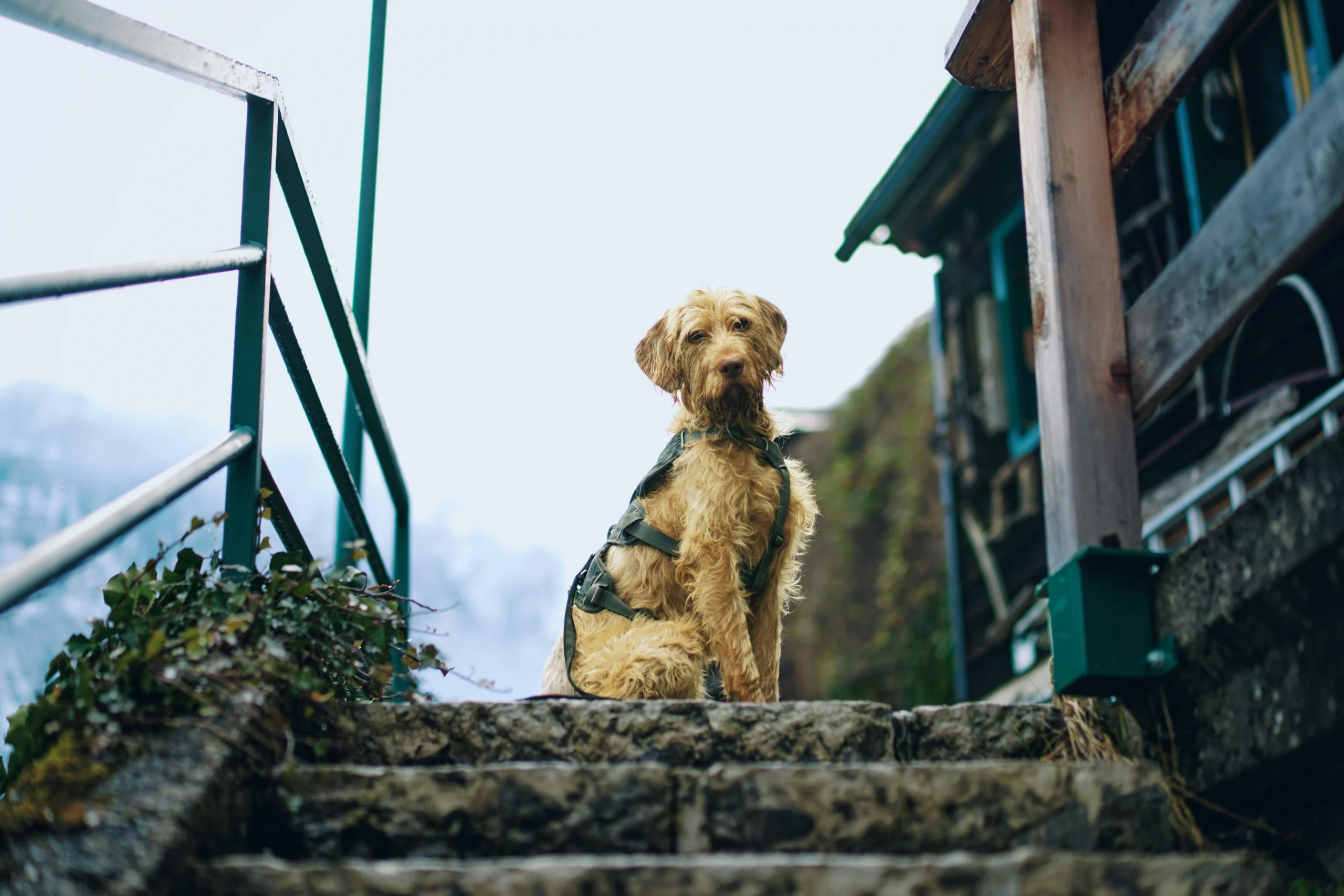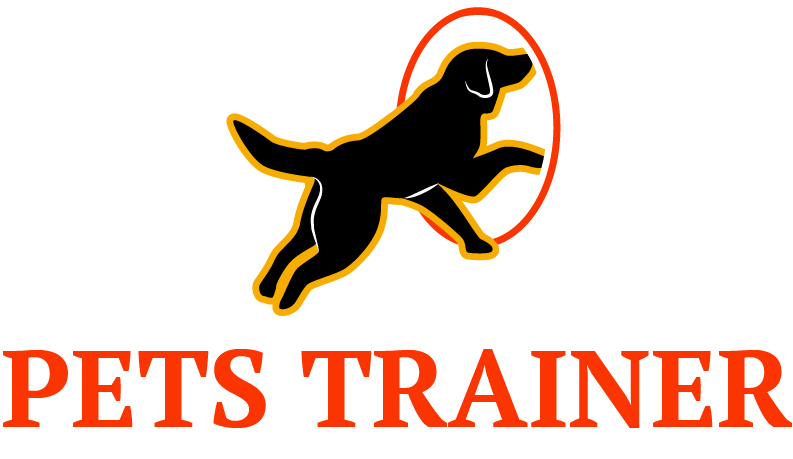Table of Contents
ToggleAre you prepared to welcome a new family member? Welcoming a Labrador puppy into your home is like opening the door to a world of love, laughter, and endless cuddles. But let’s not forget that behind those adorable eyes and wagging tail lies a bundle of energy that needs proper care and training. Labrador Retrievers are known for their friendly demeanor and playful nature, making them one of the most popular breeds around.
As an expert In this article, I will explore essential aspects of caring for and training a Labrador puppy to help you establish a solid and loving bond with your new furry friend.
Physical features of Labrador puppies
Here are some more specific physical features of Labrador puppies:
| Head | Their head is broad and slightly domed, with a well-defined stop. Their muzzle is medium in length and slightly tapered. Their nose is broad and black or brown, depending on the coat color. |
| Eyes | Their eyes are large and expressive, and they can be brown, hazel, or yellow. |
| Ears | Their ears are medium-sized and drop, lying close to their head. |
| Body | Their body is sturdy and well-balanced, with a broad chest and a level back. Their legs are strong and muscular. |
| Tail | Their tail is thick and tapered, and it wags vigorously when they are happy or excited. |
| Coat | They have a short, thick, and water-resistant coat. There are three colors available: chocolate, black, and yellow. |
Understanding Labrador Puppies
Labrador Retrievers are well-known for their intelligence, amiable demeanor, and boundless activity. They are active, curious, and eager to explore their surroundings as puppies. It is also crucial to note that Labradors are prone to certain health disorders, such as hip and elbow dysplasia, obesity, and certain eye conditions.
Being aware of these potential health issues will help you take preventive actions and guarantee the well-being of your puppy.
4 Essential Care Tips
When it comes to Labrador puppy care and training, there are a few essential tips that every owner should keep in mind.
Nutrition
A key aspect of Labrador puppy care and training is providing them with proper nutrition. These energetic bundles of joy require a balanced diet to support their growth and development. While commercial dog food can provide the necessary nutrients, it is essential to read the labels carefully and choose high-quality options.
The study has suggested that we look for formulas that are specifically designed for puppies, ensuring they receive the right balance of protein, carbohydrates, fats, vitamins, and minerals.
Incorporating fresh foods into your Labrador’s diet can significantly benefit their overall health. Consider adding small portions of cooked vegetables like sweet potatoes or green beans to their meals as a source of vitamins and fiber.
You can also introduce raw fruits such as blueberries or apples as healthy treats or snacks during training sessions. Remember to avoid offering harmful foods like chocolate, onions, or grapes that could pose risks to your pup’s health. Proper nutrition is not only crucial for physical well-being but also plays a significant role in a Labrador’s mental development.
Offering different textures and flavors through various food options can stimulate their senses and help prevent boredom during mealtime.
Exercise
Exercise is an essential part of Labrador puppy care and training. While they may be known for their energy and playful nature, it’s necessary to provide them with regular physical activity to keep them healthy and happy. Regular exercise not only helps maintain a healthy weight but also prevents boredom and destructive behavior.
According to research, one way to incorporate exercise into your Labrador puppy’s routine is through daily walks. Taking them for walks not only gives them the opportunity to burn off energy but also provides mental stimulation as they explore new sights and scents. Additionally, playing fetch or engaging in other interactive games can help tire out your pup while strengthening the bond between you.
Labrador puppies have different exercise needs depending on their age and overall health. Puppies should have shorter play sessions several times a day to avoid overexertion, while adult Labradors can enjoy longer walks or more intense activities like swimming or agility training. It’s crucial to find the right balance between providing enough exercise without pushing them too hard.
Grooming
Grooming your Labrador puppy goes beyond just keeping them clean and looking good, it is an essential part of their overall care routine. Regular grooming not only prevents mats and tangles in their dense coat but also promotes healthy skin and allows you to spot any potential health issues early on.
Start by introducing your pup to grooming slowly, making each session a positive experience with treats, praise, and gentle handling. This will help you and your pet develop a trusting relationship.
When it comes to bathing your Labrador puppy, choose a mild shampoo specifically made for dogs to avoid stripping the natural oils from their coat. A good routine is to clean them every two to three months unless they get particularly dirty or smelly.
Remember those adorable floppy ears? Labradors are prone to ear infections, so inspect their ears regularly for signs of redness, discharge, or foul odor. Clean the outer ear with a vet-recommended solution using cotton balls or soft pads, but be careful not to insert anything into the ear canal.
As a vet, I know that brushing is another crucial aspect of grooming that helps keep your Lab’s coat shiny and healthy while reducing shedding around the house.
Use a slicker brush with fine bristles that can penetrate their double-layered fur without causing discomfort or irritation. Brush in the direction of hair growth while paying extra attention to areas where tangles commonly occur, such as behind the ears, underarms, belly, and tail base.
Health Care
When it comes to Labrador puppy care and training, scheduling regular visits to the veterinarian for vaccinations, deworming, and overall health check-ups is essential. Not only do these visits ensure that your puppy is up-to-date on their vaccinations, but they also give the vet an opportunity to examine your pup’s overall health and well-being.
Through these routine check-ups, any potential health issues or concerns can be addressed early on before they become significant problems.
Techniques for Effective Training
Training a Labrador puppy requires effective techniques in order to ensure they grow into well-behaved and obedient adults.
Socialization
Socialization plays a crucial role in the care and training of Labrador puppies. Exposing them to various experiences, people, and animals from a young age is essential. This helps kids grow into well-rounded, self-assured people. One effective training technique for socialization is controlled exposure.
Gradually introduce your Labrador puppy to different environments, such as busy streets, parks, or crowded places. This teaches them how to behave appropriately in various situations and prevents fear or aggression towards unfamiliar stimuli.
Another important aspect of socialization is interacting with other dogs and animals. Arrange playdates with well-behaved canines, or consider enrolling your pup in a puppy class.
These interactions will help your Labrador learn proper manners, understand canine body language, and establish positive relationships with other dogs.
Basic Commands
Mastering basic commands is the foundation of Labrador puppy training. These commands not only help you establish leadership and control over your furry friend but also ensure their safety and the well-being of those around them. From sit, stay, and come to leash walking and crate training, teaching these commands effectively is crucial for a well-behaved Labrador.
One effective technique for teaching basic commands is positive reinforcement. Labrador puppies respond well to praise and rewards, making it easier to guide their behavior in the right direction. For instance, when teaching your puppy to sit, gently press down on their hindquarters while saying sit and reward them with a treat or verbal praise once they are in a sitting position. This helps them associate the action with positive outcomes.
Another critical aspect of effective training techniques is consistency. Consistency in both your verbal cues and body language ensures that your puppy understands what you expect from them every time you give a command. Use precise gestures along with vocal lines to reinforce each order consistently throughout the training sessions.
Crate Training
When it comes to Labrador puppy care and training, crate training is often recommended as one of the most effective techniques. It provides a safe and comfortable space for your furry friend while also helping establish boundaries and discipline. Introducing crate training should be done gradually to ensure your puppy feels at ease and not overwhelmed.
Creating positive associations with the crate is crucial in making it an inviting place for your Labrador puppy. To start, place enticing treats or toys inside the box, encouraging them to explore on their own terms. Gradually increase their time spent inside by leaving the door open initially, then closing it for short periods while you are nearby so they understand it’s not a form of punishment.
Positive Reinforcement
When it comes to Labrador puppy care and training, positive reinforcement is a highly effective technique that brings about long-lasting results.
Positive reinforcement, as opposed to punishment-based systems, focuses on rewarding desired actions rather than penalizing undesirable ones.
This approach not only encourages your Labrador to learn and follow commands but also strengthens the bond between you and your furry friend.
One effective way to practice positive reinforcement in Labrador puppy training is through the use of treats. By rewarding your pup with a small treat for successfully following commands or displaying good behavior, you are encouraging them to repeat those actions in the future. However, it’s important to remember that treats should be used sparingly and gradually phased out as your puppy becomes more proficient in their training.
Conclusion
In conclusion, caring for and training a Labrador puppy requires time, patience, and dedication. By providing proper nutrition, regular exercise, and consistent training, owners can ensure their Labrador grows into a well-behaved and happy adult dog. It is important to socialize the puppy from an early age and expose them to various environments and experiences.
Remember to use positive reinforcement techniques during training sessions to encourage good behavior and build a strong bond with your furry friend. With the proper care and training, your Labrador puppy will bring endless joy and companionship into your life.
FAQs
1. How frequently should I feed my Labradoodle puppy?
Labrador puppies should be fed three to four times a day, with meals spaced evenly throughout the day.
2. When can I start training my Labrador puppy?
You can start basic training as early as eight weeks old, but keep in mind that their attention span will be short at this age.
3. How much exercise does a Labrador puppy need per day?
Labrador puppies require at least 30 minutes to an hour of exercise every day to keep them physically and mentally stimulated.
4. How do I house-train my Labrador puppy?
To house-train your Labrador puppy, establish a routine, provide frequent potty breaks outside, and reward them for going to the designated spot.
5. What vaccinations does my Labrador puppy need?
Standard vaccinations for Labrador puppies include distemper, parvovirus, hepatitis, and rabies. Consult your veterinarian for a personalized immunization schedule.
6. Are Labradors prone to any health problems?
Labradors are generally healthy dogs but can be prone to certain conditions like hip dysplasia, elbow dysplasia, and obesity. Regular vet check-ups are essential.
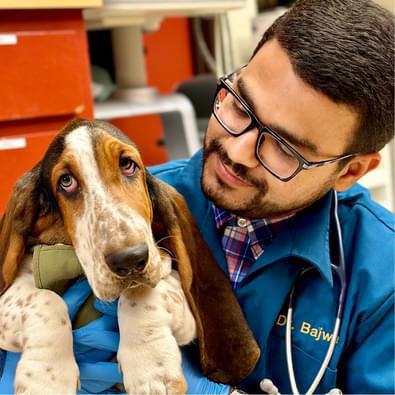
Dr. Usman Bajwa, a dedicated veterinarian with a passion for pets, brings years of expertise to the world of pet grooming. Through his blog, he shares valuable insights and practical tips to help pet owners provide the best care for their furry companions. With a focus on promoting the health and happiness of pets, Dr. Usman articles offer easy-to-follow guidance on grooming techniques. When he’s not writing, you can find him at his clinic or enjoying time with his own beloved pets.
